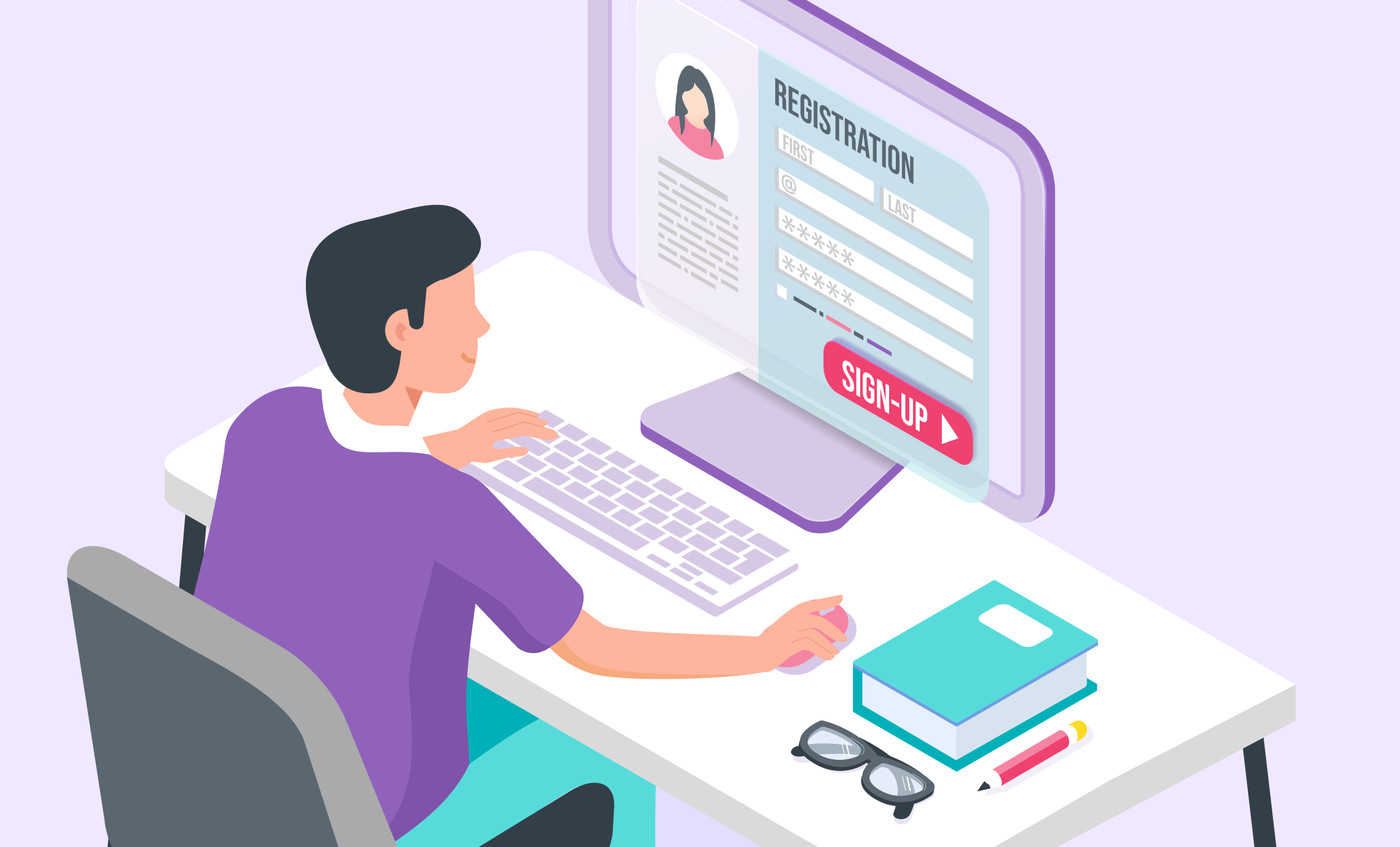Now that we’ve seen an increase in vaccinations for the SARS-CoV-2 virus (COVID-19), the return of in-person events is on many event planners’ minds. After having few opportunities to socialize and network with others on site, people are excited to finally be able to meet in person. The best way to obtain new sales leads for exhibitors and sponsors is to network at a venue. Others may want to return in person to increase their connections or get together with old contacts.
However, as an event planner, you may be apprehensive about how you can implement health and safety procedures. View the tips below to learn more about how to safely return to in-person events.
Pick an Appropriate Venue
Picking an appropriate venue may be the most crucial first step when deciding to host an in-person event. If you are concerned about social distancing and access to fresh air, consider holding your event in a warmer location. Therefore, you can pick an establishment with outdoor options for those who feel apprehensive in a confined space. Choosing the right time of year will also play a factor in making attendees feel comfortable being outside.
If you must choose an indoor venue, check if the staff frequently replaces air filters. Most venues have now switched to high-efficiency particulate air (HEPA) filters. Another equally important component is the indoor room size. Ask the venue to view their floorplans to prepare for social distancing. Typically, these floorplans will include the event room’s square footage and estimated guest size. This will help you later as you plan for your sessions and exhibitor hall. In addition to the physical location, look for a venue that has a dedicated health and safety plan. Having a venue following the latest CDC cleaning guidelines will make setting up your onsite safety protocols easier.
Make a Socially Distanced Floorplan
Of course, another concern of yours may be finding ways to implement social distancing once you’ve received your venue space. Using an expo management solution can help guide you by creating an interactive floor plan. Thus, your staff can build an exhibition hall with wider aisles and socially distanced booths or meeting areas. If you sell booth packages, assign booths in advance and assist exhibitors with their purchases through the virtual platform.
Complete Registration and Provide Tickets Virtually
Before attendees arrive in person, have them fill out their paperwork using an online event registration platform. While attendees are finalizing their online registration, you can also have them sign off on a health safety policy. Thus, allowing your staff to dismiss an attendee if they violate your mandatory regulations. This software can also allow you to communicate with your attendees ahead of the event through custom email notifications. Remind attendees what health and safety guidelines they should expect or actions they must complete before the event.
After an attendee purchases a ticket, these platforms can send the confirmation and ticket virtually via email. Providing your event tickets virtually eliminates the need for attendees to visit an onsite ticket office to converse with your staff.
Provide Contactless Check-In
Once an attendee arrives at your in-person event, use real-time badge printing to provide contactless onsite event check-in. If you used online registration software to give attendees tickets, make sure your virtual ticket includes a barcode or QR code. Both allow attendees to scan their tickets at check-in without using a member of your staff. Attendees can scan their barcode from a preprinted copy of their email or display the email from their mobile device. After scanning, a badge on-demand printer will automatically print out the attendee’s event badge. Consequently, this contactless system speeds up the check-in process from minutes to seconds. Therefore, eliminating long lines of attendees standing together.
Make Onsite Safety Protocols a Priority
After picking a venue, ensure there is extra staff onsite to clean frequently touched surfaces. Once you’ve established your event agenda, have your venue routinely clean the rooms and bathrooms your attendees will be visiting. In addition, check if the venue uses cleaners that the EPA expects to kill all strains and variants of COVID-19.
Below are some additional safety protocols your attendees and staff should follow:
Face Coverings – Require all staff and attendees to wear face coverings regardless of vaccination status. In addition, you can provide prepackaged face masks to attendees for them to pick up during check-in. Although we’re experiencing a reduction in face-covering regulations, requiring all attendees and staff to wear one will maximize safety.
Hand Sanitizers – Talk to your venue or exhibit supplier about placing hand sanitizer pumps near entryways. Make sure the sanitizer contains at least 60% alcohol. Furthermore, offer a sponsorship for hand sanitizers giveaways so your staff can provide attendees with a personal bottle.
Washing Hands – Remind all staff and attendees to wash their hands regularly with soap and water for at least 20 seconds. For this purpose, place friendly reminders near sinks in the venue’s bathrooms.
Signage – Provide signs throughout your venue to decrease the need for attendees to ask for directions from staff. You can also create posters with safety reminders and tips in your event rooms.
Food – Consider using a caterer that provides individually prepackaged food to eliminate opportunities for cross-contamination. In addition, make sure there is enough seating available so your attendees can remain spread out. Ask the venue’s staff to be onsite to wipe tables down after use.
Track Number of Attendees
One way to ensure your sessions or exhibit space refrains from getting overcrowded is to track the number of your attendees. Utilize attendee tracking software to monitor attendees arriving at a session. Therefore, you can use this software to control and grant access or override an attendee on the spot. This makes sure your room is not at max capacity, and your attendees can remain six feet apart.
Have Exhibitors Utilize Lead Retrieval
If your event caters to exhibitors who operate on business-to-business sales, eliminate the need for business cards through lead retrieval. Besides attending sessions to educate themselves, businesses often participate in your event to increase their return on investment. Typically, they will exchange physical business cards for gaining leads. Allow your exhibitors to purchase lead retrieval software to make this exchange contactless. You can provide these systems through an app or physical device. Afterward, exhibitors can retrieve their new contacts’ information through a downloadable spreadsheet.
Require Vaccinations or COVID-19 Tests
Generally, many large events now require all attendees and staff to be fully vaccinated. This means a person is fully vaccinated two weeks after receiving their final dose. Furthermore, you can strongly recommend that attendees receive a booster before arriving in person. Organizations have used certain apps to validate vaccination, negative COVID-19 tests or ask attendees to take health surveys. For example, check out CLEAR Health Pass, CrowdPass and VeriFLY. These apps contain different verification services you can utilize depending on your needs. Prescreening helps eliminate having staff check attendees’ individual information. In addition, some events have partnered with health organizations to provide COVID-19 antigen (rapid) tests onsite. Currently, event planners who require this validation tend to use the guidelines set by the CDC for international travel.
How Can I Get Started?
Make your planning process easier by utilizing onsite event technology products to create a safe in-person environment for your attendees. Expo Logic can help provide you with expo management software, an online registration website, contactless check-in, attendee tracking and lead retrieval. With this in mind, learn more about our products by clicking here.


